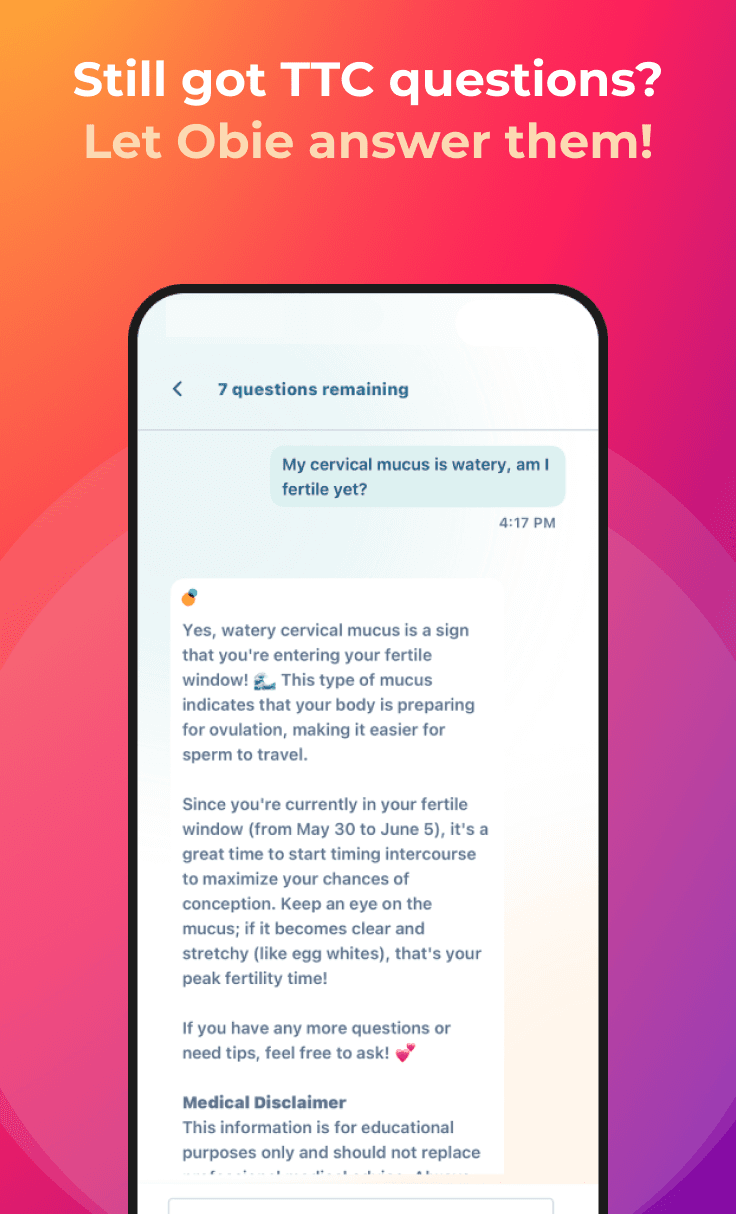Ovulation Predictor Kit (OPK) Calculator: Find Out When You Will Conceive
Tools
Obie Editorial Team

How can you calculate your fertile days with an OPK ovulation predictor kit calculator?
An ovulation predictor kit or OPK is an at-home test you can use to measure the amount of luteinizing hormone your body is producing. Just before ovulation, there will be an increase in the production of this hormone. The OPK will allow you to detect this increase which gives you the ability to predict ovulation. Knowing when to take the test (and how to perform it correctly) is key to the accuracy of the results.
When to use an ovulation predictor kit
The increase in the luteinizing hormone (LH) typically occurs in the morning. However, it can take several hours for the hormone to show up in urine. Because of this delay, it is not recommended that you perform this test first thing in the morning. Instead, aim for mid to late afternoon. No matter what time you decide to test, be consistent and use that same time for subsequent testing. The day you should start your cycle depends on the length of your average cycle. Refer to your specific testing instructions to determine the optimal day to begin testing.
Scroll down for tips to get pregnant faster!
How to use an ovulation predictor kit
There are two ovulation predictor test types, the midstream tests, and the test strips. To use the midstream test you will remove the protective cap and place the absorbent end of the test into a stream of urine. Hold the test in place for approximately five seconds. To use the test strips you will collect the urine in a sterile cup and place the test strip in the cup for five seconds. After the tests have been exposed lay them flat and wait approximately five minutes for the results to appear. It is imperative that you read all of the instructions that come with your test to make sure you do not miss any of the required steps.
The accuracy of the ovulation predictor kit
While science has made great strides in helping women and men to effectively conceive a baby naturally, not all at home ovulation predictor kits will accurately predict ovulation. It is also important to note that infertility problems may not be occurring because the egg is not being released, rather because the egg is not attaching to the uterus effectively. An ovulation predictor kit does not ensure pregnancy.
Other forms of ovulation prediction
Some women trying to conceive will use their body temperature readings to predict ovulation. Doing a temperature chart does not predict ovulation, it only confirms it after the fact. Taking body temperature at the same time every day will offer a baseline body temperature that is normal to the woman. When that temperature fluctuates up, the female can assume has ovulated and her fertility chances will be increased.
When trying to conceive, it is important to be in tune with the body. An at-home pregnancy ovulation kit can help you and your partner to time sexual intercourse for optimal chances of conception. When ovulation occurs the chances of conception are increased due to the prime location of the egg for fertilization.
Tips to help you get pregnant faster
- Your chances of getting pregnant are close to zero if you only have sex after established ovulation.
- Your chances of getting pregnant are diminished if you have sex only once in your cycle, even if it's the "perfect," fertile day.
- Having sex during the fertile 5-6 days prior to and including the day of ovulation improves your chances of conceiving.
- Your very best chance of getting pregnant is when you have sex regularly 2-3 times a week every week because this will cover the days that ovulation occurs on a different day than calculated.
- Having sex additionally before or after your 5-6 calculated fertile days likely further improves your chances for conception because it keeps the sperm fresh, and it also ensures that there is sufficient sperm available just in case ovulation happens on a different day than calculated.
- If his sperm count is sufficient and healthy, then having sex once a day on every fertile day is better than every other day or even less frequently.
- You usually ovulate within (not after) 12-24 hours after the ovulation predictor kit (OPK) first turns positive.
- If you have sex only after the OPK first becomes positive, chances are you are less likely to get pregnant than if you have sex regularly.









